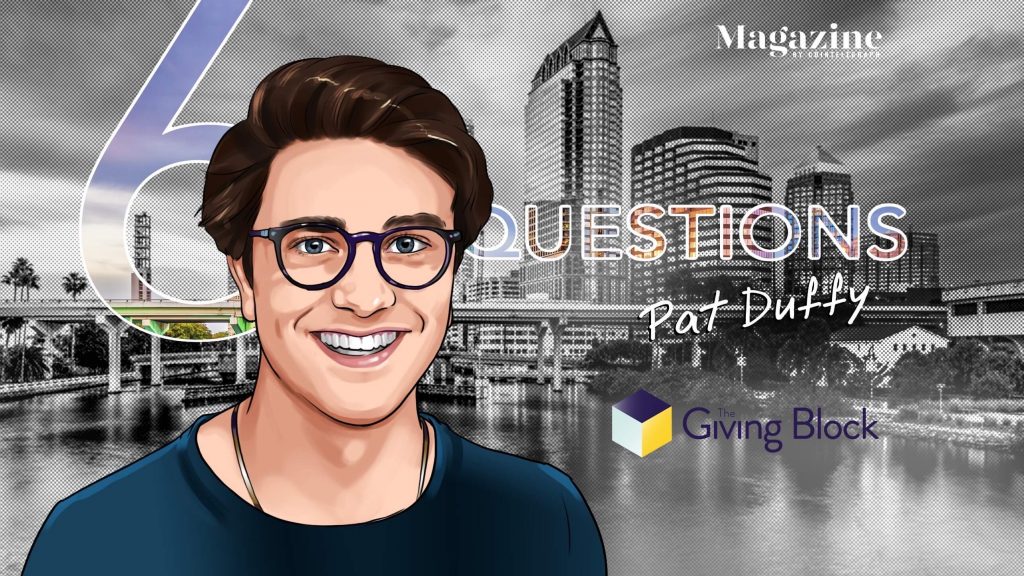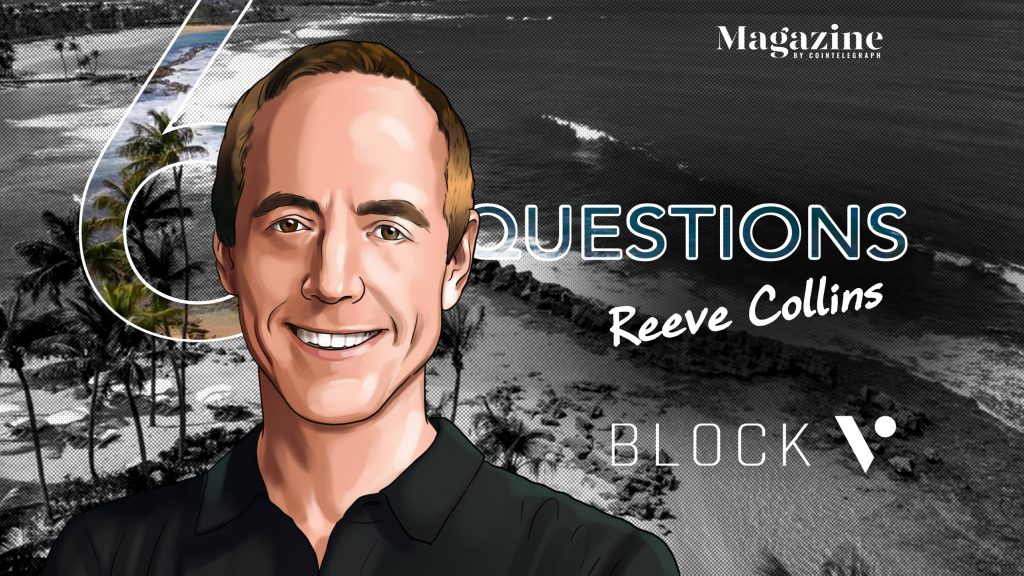Photography often has to weather disruptive changes — from film to digital, for example — and photographers find themselves needing to master new technologies or face losing out to more tech-savvy competitors. NFTs are just another transformation in how we consume images. Can photographers adapt and benefit from them?
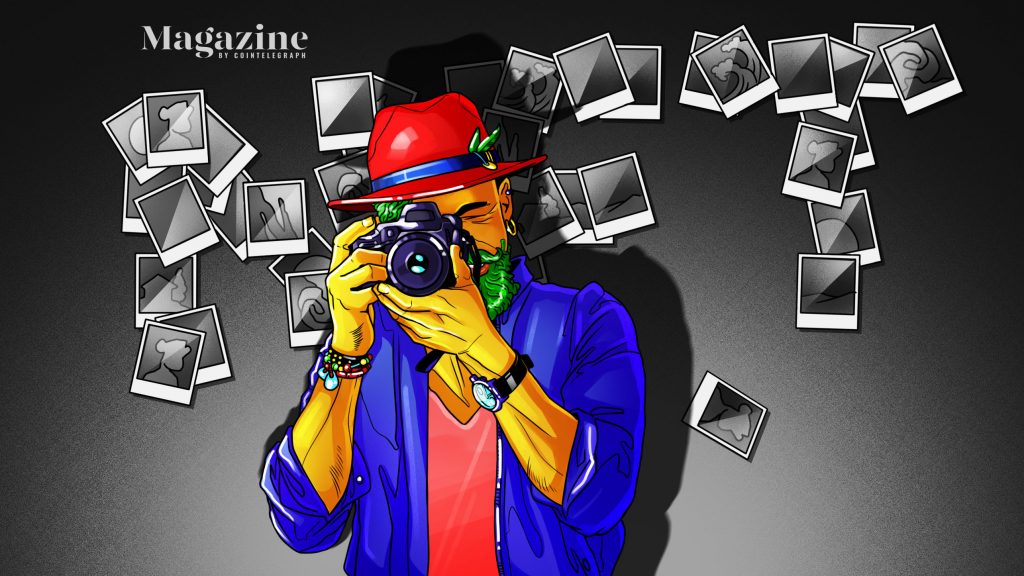
Back in the dark ages
I go back a long time in photography. To the dark ages — or at least the darkroom ages, to be more precise — when images were analog and negatives or color transparencies had to be developed through some arcane magical process I didn’t quite understand. If you had told me you had to wave a Harry Potter wand and shout “Developus!” I would have believed you.
You could make a decent living as a professional photographer in those days. There were a lot of career avenues: portrait shops on High Street, highly paid advertising and fashion photographers, local newspapers employed “snappers,” and specialist travel or nature photographers could make money from magazines and TV.
During the 1990s, there was a huge, disruptive transformation from film to digital imaging. Anyone could do it, and smartphones started to outperform many cameras. The culture changed so that a selfie was more valid than something beautifully lit in a studio. Local newspapers folded or stopped employing professionals. It became a hard slog for many talented people. Stock photography sites cut prices and now sell images for only a few dollars, of which the photographer is lucky to get 20%.
I have noticed that the photographers who are successful are good at marketing. Many people are talented, but you have to ensure that your work is in front of the right people to make money. It’s especially important in the brave new world of NFTs, which have become popular with the art and photography communities, even among those who know virtually nothing about crypto.
How do you go about it?
Anyone can go out with their camera or smartphone and take a picture. Then you “mint,” turn it into an NFT, showcase it on a platform like OpenSea, and wait for buyers to come in… Is it really that simple? As it turns out, no, it’s not — even though you’ll sometimes hear things like this:
“June 2021 was just crazy: I had some collections completely sold out. In the short period of time till August or perhaps early September, the market was peaking. I sold maybe 50 pieces in one day!” says photographer Jan Erik Waider.
Waider is a fine art and landscape photographer. Based in Hamburg, he has a fascination with the arctic regions and an interest in technology.
Some years ago, I came across his work through his Northlandscapes “presets” for the professional photographer’s tool of choice, Adobe Lightroom.
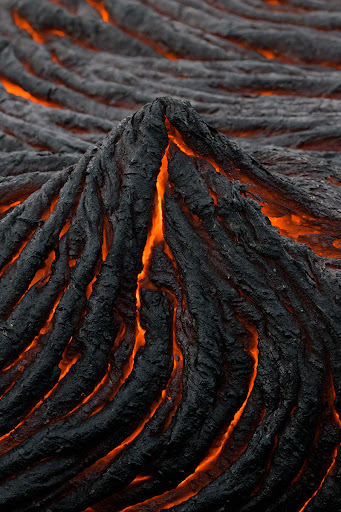
Waider created his images with a set of filters for Lightroom, and he realized that other photographers would benefit from them. So, you can buy them as plug-ins for the application. They can speed up complex post-production of landscape images quite a bit. They are also customizable, so you can tweak them to fit your particular vision.
Before he took the leap into full-time professional photography around five years ago, Waider was involved in design and marketing, so he has a firm grasp of the importance of reaching out to find an audience.
As a technophile, he got interested in crypto in the early days. “I love to try out new things that pop up here and there. About eight or nine years ago, I got into Bitcoin. Then I stumbled upon NFTs, maybe earlier than some of my colleagues because I wanted to try them out and see where they took me.”
When he started creating NFTs, few photographic artworks were on platforms like OpenSea or Rarible.
“I was listening to a lot of YouTube crypto channels, and people started talking about NFTs in 2019,” he says. “I was interested but cautious. It kept growing, so I decided to put up three single works to try it out.”
I quickly realized that you have to be active, connect with collectors, so I was tweeting five times a day. I was posting constantly, using optimization tools, but it was still exhausting [laughs].”
For an old-school photographer, it’s an entirely new marketplace with new rules. People who collect NFTs would probably never go into a fancy gallery to buy some art. The way to draw attention to your work is to build up a following on Twitter — and that’s it. Other social media platforms like Instagram or Facebook aren’t even in the game, according to Waider.
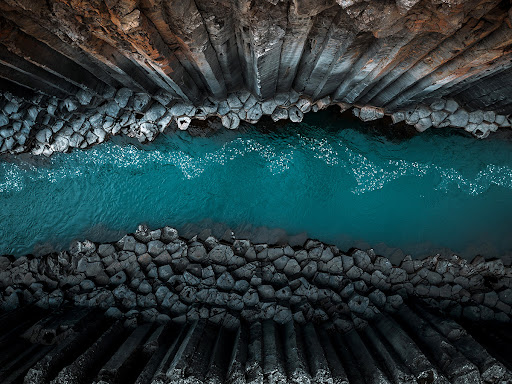
What are the benefits for creative people?
After a while, Waider sold a “genesis piece” — that is, the first NFT he put up online — to a collector of them for 0.5 ETH, which was $1,500 at the time. “I was really a little bit in shock at the price.”
One of the major benefits of NFTs for creative people is payment for resales. The visual arts market has long been dogged by an imbalance, where someone might sell an artwork for pennies that goes on to be very valuable without the creator profiting at all. Vincent Van Gogh comes to mind, but it is endemic to secondary markets.
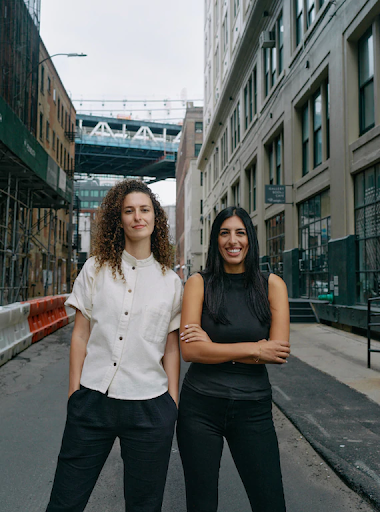
Waider says, “I normally sell an image and don’t see a cent of it afterward. With NFTs, I am getting secondary sales, which is purely passive income.”
Christina Hawatmeh is the co-founder and CEO of stock image agency Scopio. It was set up nine years ago to showcase diversity in images and licenses visual content from 14,000 photographers, illustrators and creators in 150 countries. “We actually have hit the most creative generation in history,” Hawatmeh says.
She quickly realized the potential of NFTs, so it was one of the first photo agencies to offer both conventional licensing and NFTs, on the Solana blockchain.
Each image can be published in mainstream media — such as a book, advertisement or video — but also purchased as a collectible NFT.
“For me, it is a practical thing,” Hawatmeh says. “It solves a lot of my business problems — payments, tracking, giving ownership to multiple parties through wallet splitting, giving a chance for the model in the photo to earn also. Web2 photography is broken. This gives us a fresh start and more ownership for the artist.”
“We have a goal of elevating human stories from underrepresented communities and regions. Our photographers come from all over the world, and often there are barriers for all these different artists to participate, principally the payment method. How can they receive money for their work? There are things like PayPal, but it is still a problem. Crypto has transformed that. No government can take that away from them.”
Hawatmeh continues, “I think we are in a new Renaissance era. Perhaps COVID is similar to what the Black Death did to the Renaissance era — meaning people want art and culture more than ever. They want it at the center of their society because they were deprived of joy for so long. Imagery, media and content open up our minds. We now have the tools to connect different parts of the world together to tell better stories on a micro level.”
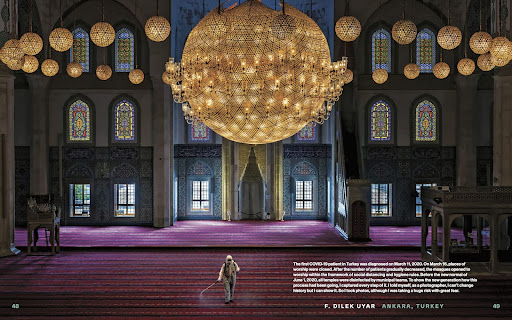
What are the pitfalls and challenges?
Scopio launched its first book on June 21: The Year Time Stopped: The Global Pandemic in Photos. It’s a visual history of COVID-19 with 200 images from around the world. The photos are available individually as NFTs.
Scopio uses Solana as its blockchain network because the cost of minting is cheaper and the carbon-neutrality of the network appeals to both buyers and creators, who often have environmental concerns.
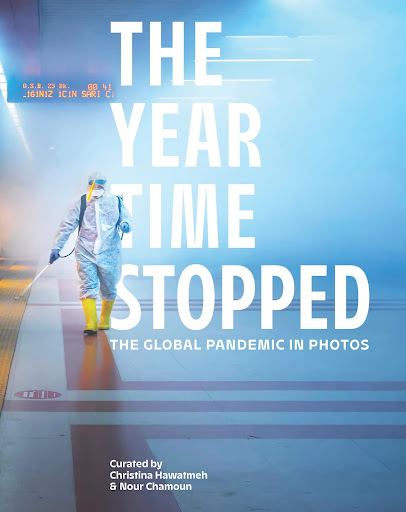
Selling an NFT for 1 SOL is a far lower price point than the 1 ETH that is often offered on the leading NFT platforms — the idea being that it’s a price range more suitable for a broader range of buyers.
Hawatmeh thinks that narrative and storytelling are a big part of the appeal of photographic NFTs. “The more information, the more storytelling, the more time you spend on building that narrative is going to make your images more valuable.”
The murky world of legality
It’s all well and good for photographers and photo agencies to start selling NFTs of their work, but it’s not entirely clear yet what they are selling. What rights are creators giving up, and what rights do the NFT owners purchase?
Nancy E. Wolff, a partner at Cowan, DeBaets, Abrahams & Sheppard, is a New York lawyer specializing in intellectual property. She is widely respected as someone grappling with the complex legal issues around new media.
“It’s a whole new frontier, and technology is always leaping years ahead of the law,” she says, while being careful to point out that existing copyright laws and precedents can be applied to NFTs in many cases. In most cases, copyright or commercial use rights are not transferred by the sale of an NFT (though with Bored Ape Yacht Club, you famously do get the commercial use rights.)
“In the same way you might buy a print in a gallery, you don’t own the copyright of an NFT. If you want to buy an NFT, you need to look at the platform’s terms and conditions: What rights are you getting?”
“Likewise, if you want to sell on an NFT platform, you need also to be careful about what rights you are signing away. There’s a lot of potential for infringements. For example, if you create NFTs from pictures of NBA stars, something like a collectible trading card. There are still third-party rights to be cleared, whether it’s a poster to put on the wall or an NFT. Some organizations have become very aggressive about enforcing their rights.”
There is still the gray area of what to do with an infringing NFT: The token is immutably on the blockchain, and while the image itself usually isn’t (given storage costs), it is often be hosted on a decentralized platform like IPFS, making it more difficult to take images down or delete them.
Occasionally, printed works have been pulped after legal cases, but that’s tricky to do with an NFT. Centralized platforms like OpenSea have pulled down infringing NFTs, but decentralized platforms are unlikely to.
Waider believes that in the future, NFTs may give him more say over the final destinations of his imagery. “I can see the potential for photographers to control where their images are used. I don’t see that happening right now, but it could be implemented,” he says.

The audience for NFTs
Being at the intersection of art, finance and internet meme culture, NFT fans are not your typical purchasers of conventional photographic art.
“Almost always a totally different audience,” says Waider. “They are mostly coming from the crypto world. It’s a lot of tech people in general. So, that also explains why they’re coming from Twitter, as you have a lot of tech people on there. It’s a completely different approach to how a classic collector would look at buying a piece in a gallery.”
It’s really hard to get into their mindset — to know what they like.
He says the collections of some of his patrons are marked by their Catholic tastes. “It’s every genre you could imagine from photomanipulated stuff to classic landscapes, to portraits, to urban photography, black-and-white photography. So, it’s a big mix.”
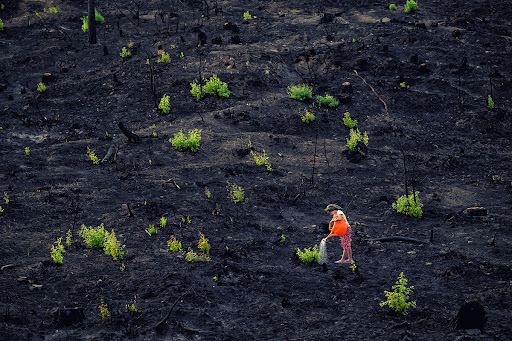
Waider thinks NFT collectors are motivated as much by fun and enjoyment when purchasing as any other consideration. Some people have made money in crypto trading, and they want to enjoy it. If they like a photo, they will buy it, with price being a minor consideration. Many people collect NFTs because the image “speaks to them” — creates an emotional connection. Wolff says that motion is an important element:
“Often, a lot of the interesting NFTs are ones that have some kind of interaction or are built digital, rather than static images.”
Wolff says, “I think the NFTs that are most successful are where your buyer and the creator of the object have an experience together, or there’s some kind of engagement or they learn something, so they feel like they’re part of an experience. It works very well for concepts and conceptual art, as well as storytelling, where you express more than just the visual aspect.”
Waider’s tips for photography NFT noobs
- It’s a patience game: Sales rarely happen overnight.
- You need to study the market.
- Some platforms, like SuperRare, have a “quality vibe.”
- An active Twitter profile is a must.
- Research pricing and what sells on what platform.
- Start with a small number of images to test the response.
- A collection should have a theme, not just be a “road trip” of vaguely connected pictures.
- Narrative is important.
- Creating a good showcase collection of images is a significant investment of effort: Images with good descriptions are more likely to get noticed than ones without text. Careful planning and execution will pay off in time.

Julian Jackson
6 Questions for Pat Duffy of The Giving Block
I’d love to see people stop trying to explain how the pistons fire in the engine block so we can focus more energy on creating a level of crypto access that requires zero technical understanding.
Read more6 Questions for Reeve Collins of BLOCKv
“I believe Bitcoin has the potential to revolutionize our financial system and free the world from the monopoly that governments have over the control of money.”
Read moreHong Kong hoses down stablecoin frenzy, Pokémon on Solana: Asia Express
